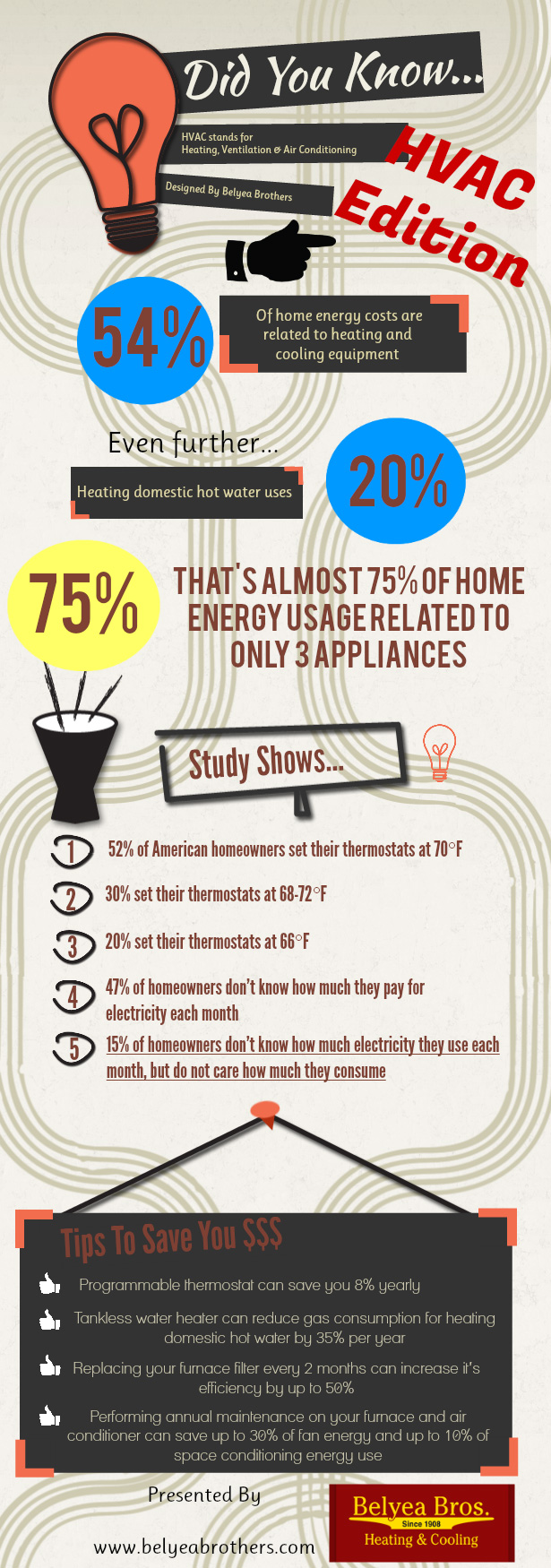Exactly How To Troubleshoot Common Heating And Cooling Issues In Your House
Exactly How To Troubleshoot Common Heating And Cooling Issues In Your House
Blog Article
Post By-Hays Lauritsen
Visualize getting home on a scorching summer season day, just to locate that your air conditioning is not working. Irritating, ideal? Do not fret, you can repair usual a/c problems in your home.
This article will certainly direct you with the process of identifying and repairing air flow issues, as well as fixing temperature level control problems.
So, grab your devices and prepare to become your own heating and cooling hero.
Understanding HVAC System Fundamentals
To comprehend the HVAC system basics, you ought to understand just how it runs and what parts comprise the system.
mouse click the following website page , which stands for Home heating, Ventilation, and Cooling, is accountable for keeping a comfortable indoor atmosphere. It works by controlling the temperature level, moisture, and air high quality in your house.
The major parts of a cooling and heating system include the heater or heatpump, air conditioning unit, ductwork, thermostat, and air filters. The heater or heat pump is accountable for warming the air, while the a/c unit cools it down.
The ductwork distributes the conditioned air throughout your home, and the thermostat permits you to manage the temperature. Lastly, the air filters help to eliminate dust, plant pollen, and various other particles from the air.
Comprehending these fundamental elements will certainly assist you repair common HVAC issues and guarantee your system operates efficiently.
Identifying and Repairing Air Movement Issues
To fix air flow problems in your home, you ought to start by looking for blocked air filters and blocked vents. Blocked air filters can limit the flow of air, creating your HVAC system to work more challenging and less efficiently. It is very important to consistently clean or replace your air filters to guarantee proper air movement.
In addition, obstructed vents can likewise impede air flow throughout your home. Make https://writeablog.net/cesar4xenia/discover-the-supreme-guide-to-a-c-solution-discover-exactly-how-to-maintain that all vents are clear of any kind of obstructions such as furniture, curtains, or particles. If you observe any type of vents that are closed or partially shut, open them as much as permit much better air movement.
Another typical problem that can impact air movement is leaking duct. Check your ductwork for any leakages or gaps and secure them correctly to improve airflow and power efficiency.
Repairing Temperature Control Problems
If you're experiencing temperature level control problems in your home, check both the thermostat and the a/c system for any kind of concerns.
Begin by inspecting the thermostat settings to guarantee they're set correctly. Occasionally, the temperature level could be established too high or also low, creating the a/c system to not work effectively. If the settings are correct, inspect the thermostat for any kind of physical damage or loose connections.
Next off, check the cooling and heating system for any kind of noticeable issues. Try to find leakages, blocked filters, or obstructed vents that could be affecting the temperature level control. In addition, make sure the system is obtaining power and the breaker isn't stumbled.
If you're incapable to identify or fix the issue, it's ideal to contact an expert heating and cooling technician for additional support.
Final thought
So, there you have it! By comprehending the basics of your HVAC system and troubleshooting typical issues like airflow concerns and temperature control troubles, you can keep your home comfortable all year round.
For instance, let's state you observe that some areas in your residence are continually warmer than others. By checking for blocked vents or changing the dampers, you can make sure that the air movement is well balanced and every room goes to the preferred temperature level.
